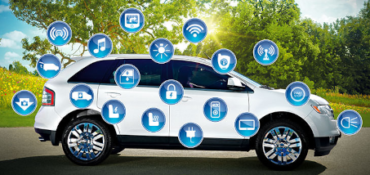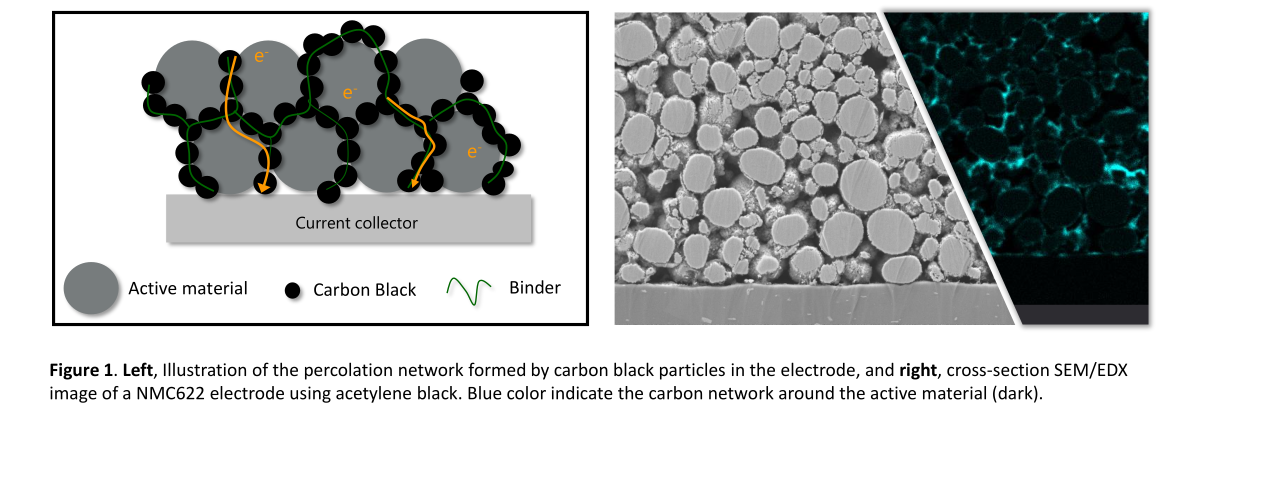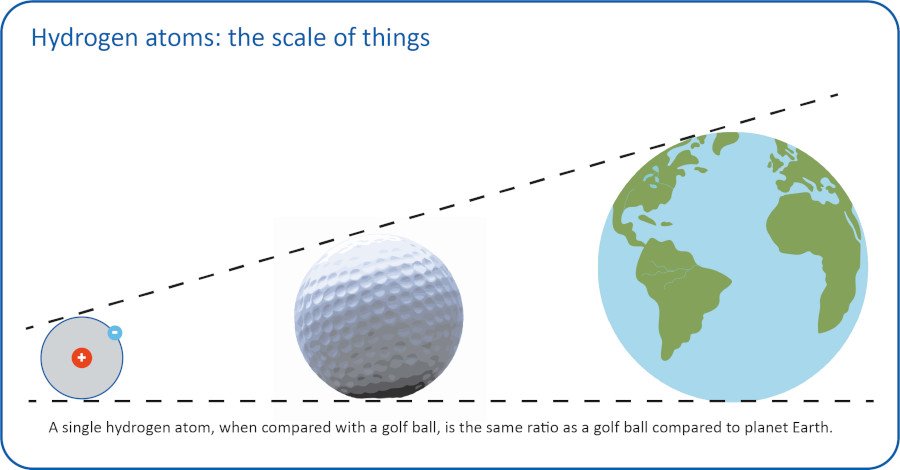Absorbent Glass Mat (AGM) Technology provides superior power to support the higher electrical demands of today’s vehicles and start-stop applications
Electric vehicles are one of the fundamental contributions to the reduction of carbon dioxide emissions. Without local emissions, they are not only environmentally friendly, but also are perfectly suited to improve air quality in urban areas. Increasing driving ranges also allow to use these cars in rural areas with extended distances between home and work locations.
One prerequisite for reasonable driving ranges certainly is the battery, with excellent and still increasing capacity and performance characteristics. The rising sales numbers observed recently tell us that the current status of technical development is already accepted by the end customers and that the pricing is just about to be acceptable, even if in many cases some governmental subsidiaries are granted to overcome the first hurdles of this new technology.
However, we should not focus too much only on the main battery of electric vehicles. Certainly, this is the major part of the vehicle’s characteristics from a performance, weight and cost perspective, but on the other hand the electrical system requires so much more than ‘only’ the electrical power for propulsion. Such a complex system needs much more energy not only while driving, but also during vehicle standstill. In contrast to conventional vehicles with internal combustion engines, all components have to be driven by electricity. There is a significant power demand not only on the high-voltage level required for the powertrain, but also on the 12V level for all devices that need to be in place for a safe and reliable vehicle operation: lighting, driving assistant systems or communication systems, for example. In future, there might be another voltage level on 48V as well, perfectly suited for high-power consumers like seat heating or heated rear windows, or even vehicle stabilization systems (anti-rolling).
More and more automated driving assistance systems will be part of our vehicles. This process has been started already, since more customers are ordering new vehicles with such functions, even accepting a cost premium. The energy demand will be even higher to supply all components like cameras and sensors, and in the end also for real-time computing, probably with a minimum degree of redundancy.
Besides the energy-demanding vehicle operation, there are more requirements for vehicles not being operated. During standstill, some electrical systems still have to be active, even with the high-voltage main battery being disconnected for safety reasons. After a journey, all systems have to be shut down safely, maybe some battery cooling has to continue for a while to reach a safe state. When all systems are switched off, some basic functions have to be ensured, like anti-theft installations, dash-cams or receivers for keyless entry systems. In addition, the vehicle parking time is the perfect opportunity to perform software updates over-the-air. The energy demand might be significant, depending on the duration and frequency of such an operation. Finally, the low-voltage system shall be able to reconnect the high-voltage battery once the driver intends to start the next journey.
This low-voltage electrical system, most commonly still on 12V level, has to fulfil specific requirements for energy and power. Under all circumstances, at low temperatures in winter time as well as under high-heat conditions, this system has to provide energy to safely power up the car. For this purpose, the traditional lead battery is commonly used in electric vehicles. Its reliability is unmet, and the energy provided all-year round has proven to be sustainable for more than 100 years and in far more than a billion vehicles around the world [1].
Let’s have a closer look at automated driving assistance systems. According to SAE J3016 [2], several levels are defined. Level 0 is the non-assisted vehicle as of today, and in level 5 the vehicle is able to drive independently: in this fully automated driving level, the former ‘driver’ is only a passenger in his own car. According to this definition, the levels 0-2 are human controlled (the driver is responsible for the ‘Dynamic Driving Task’ DDT), while the levels 3-5 are computer controlled (Automated Driving System ADS), with some fallback solutions in case of the automatic driving system being interrupted for any reason. The lower levels of automation are already in series production, today many vehicles are on the road offering some driver assistance functions like lane assist or parking support, as well as adaptive cruise control systems. In particular, in the upper levels, with the vehicle systems operating more independently, the reliability of electrical power supply becomes obvious. Any defect of any subsystem shall be detected in time and the counteraction shall either allow the car to operate, or at least lead the vehicle to a safe state, so that as a consequence no -one is injured – neither one of the passengers nor any person outside the car or in another vehicle. This topic is covered in the discipline of functional safety, and for road vehicles the international standard ISO 26262 defines the requirements for vehicles and their subsystems [3]. In this regard, all electric components have to be considered and checked for reliability: alternators or DC/DC converters, electronic control units and wiring as well as the battery in the vehicle electrical system.

Figure 1: Different technologies of lead batteries: AGM exhibits more than tenfold cycling performance (turnover numbers) compared to conventional flooded lead batteries
To ensure such a safe operation, many electronic systems and many computers are necessary – all dependent on a reliable and uninterrupted power supply. The well-proven lead battery is one of the most reasonable options. The lead battery offers an intrinsic robustness due to its electrochemical system. Usually batteries are sensitive to high temperature, overcharge or undercharge. More or less, this is true for all types of batteries. However, the lead battery has proven to be extremely robust under all of these conditions. Unlike Li-ion 12V batteries, such events may affect the battery life-time, but the battery will not fail suddenly and will not disconnect from the electrical system, because there simply is no switch installed: due to the lead battery’s robustness, it’s not necessary. As a consequence, electrical power will be supplied under all circumstances if the system voltage is low. Also the maximum system voltage will be limited by the battery in case of overvoltage, caused by any malfunction in the power supply system (alternator or DC/DC converter). This robustness is one good reason to rely on lead batteries for the 12V power supply for electric vehicles, both proven during operation and during standstill.
Even in today’s vehicles, in particular in those with Start-Stop functions, a battery management system (BMS) is installed, in addition to one of the most powerful lead batteries specifically developed for Start-Stop applications. This BMS module, calibrated and aligned to the battery basic parameters, is the interface to the vehicle electronics. Its integrated battery state detection is able to predict the battery’s state of charge (SOC), the state of function (SOF) and the state of health (SOH) [4].
In the field of lead batteries, some major improvements have been made in the recent years. Being considered as ‘engine cranking batteries’ for a long time, their only tasks being starting, lighting and ignition (SLI), recent technical developments have made the lead battery a product with significantly improved cycling performance and with considerably higher charge acceptance, and still at a very reasonable cost level. The key product is the AGM battery, designed around the so-called absorbent glass mat material, which acts as a separator between the electrodes. The battery design ensures an excellent life-time as well as an improved cycling performance [5], proven to more than three times, under specific conditions up to ten times higher compared to conventional lead batteries, cf. figure 1. In addition, the most recent development steps led to new products with some charge acceptance capabilities significantly increased, which enables a higher fuel efficiency in Start-Stop cars. “Also in electric vehicles, the improved lead batteries provide reliable support and improved stability of the electrical system, with elevated recharge rates and reasonable life-time expectation”, says Roderique Duell, Clarios Global Product Management Leader for AGM batteries.
The advantages in the operation of lead batteries is not limited to passenger cars. Also in the area of commercial vehicles, some automated driving functions are expected to be implemented very soon or are already available. With these functions, some pressure will be relieved from the truck drivers, some higher efficiency will lower the overall cost for the transportation business. The excellent quality of lead batteries for commercial vehicles was honored recently, when Daimler Trucks North America recognized Clarios with the Master of Quality Award in late 2019 [6].
All future vehicle applications, including electric vehicles of all types, will need a reliable power supply. The new generation of lead batteries, AGM for passenger cars as well as for commercial vehicles, in connection with a suitable battery management system, are the most reliable solution on a reasonable cost level to support all new vehicles and to ensure a safe journey. In consequence, the protection of the environment and the reduction of carbon dioxide emissions is the final goal that lead batteries can support while being operated in electric vehicles And even after battery life, lead batteries are recycled in a closed-loop system to save resources and to protect the environment.
Dr. Jörn Albers, Global Manager Requirements Analysis, Clarios
Literature:
- https://de.statista.com/statistik/daten/studie/159780/umfrage/weltweit-jaehrlich-hergestellte-pkw/
- SAE J3016: 2018
- ISO 26262: 2018
- https://www.bosch-mobility-solutions.com/en/products-and-services/passenger-cars-and-light-commercial-vehicles/interior-and-body-systems/body-electronics/electronic-battery-sensor/
- Journal of Power Sources2011 (196), 3993-4002; J. Albers, E. Meissner, S. Shirazi: Lead-acid batteries in micro-hybrid vehicles
- https://www.clarios.com/news-views/news-detail/2020/03/04/clarios-receives-master-of-quality-award-by-daimler-trucks







